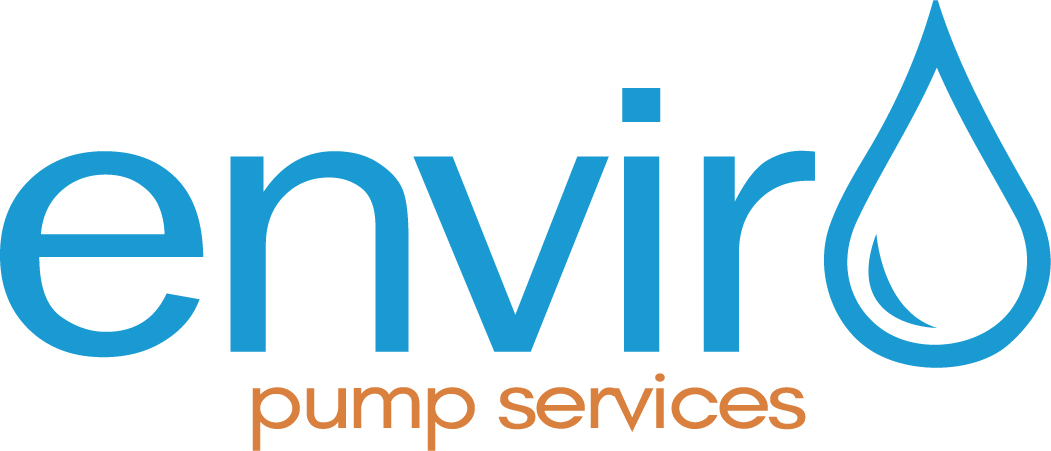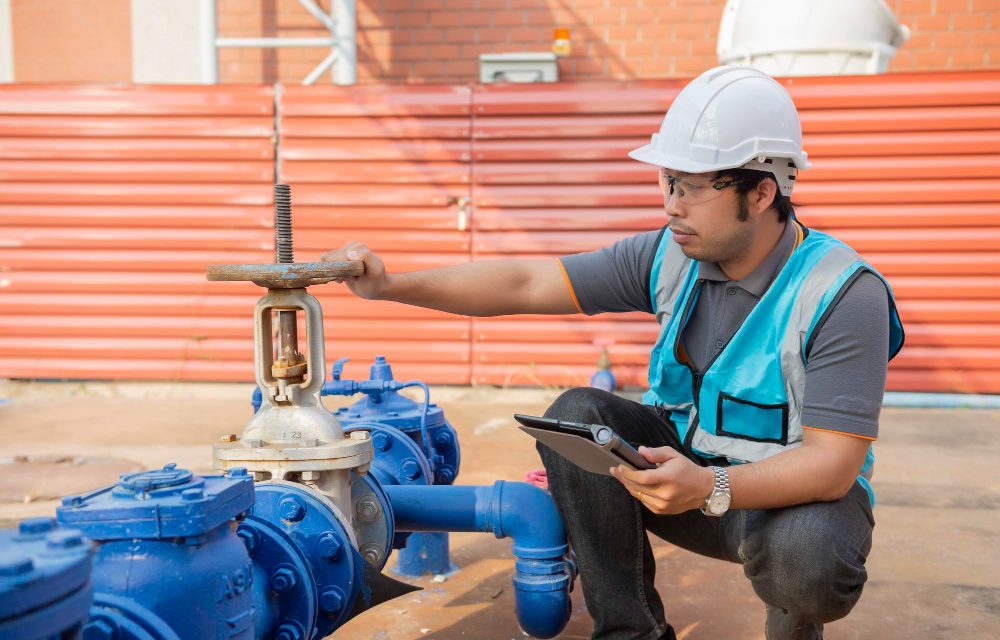Water pumps play a pivotal role in various applications across Australia, from residential water supply to industrial processes and agriculture. These devices ensure the efficient circulation of water, making them indispensable in our daily lives. However, even the most reliable water pumps can develop issues over time, with one of the most common problems being noise. Noisy water pumps can disrupt your peace and indicate underlying problems that may lead to costly repairs or replacements.
In this blog, we will delve into the significance of regular maintenance in preventing noisy water pumps and explore the essential steps involved. By understanding the causes of water pump noise and how to address them proactively, you can ensure the longevity and efficiency of these vital systems, saving both time and money.
Understanding Water Pumps
Before delving into the importance of maintenance, let’s start by understanding what water pumps are and how they function. Water pumps are mechanical devices designed to move water from one place to another. They come in various types, including centrifugal pumps and submersible pumps, each tailored to specific applications.
In Australia, water pumps are used in a wide range of industries, such as agriculture, mining, and construction. In residential settings, they provide essential functions like supplying water to homes, gardens, and swimming pools. Without properly functioning water pumps, many of these activities would become cumbersome, if not impossible.
Common Causes of Noisy Water Pumps
Noisy water pumps are a nuisance, but they are also an indication that something may be amiss with the pump system. Understanding the common causes of water pump noise is essential to address the issue effectively. Here are the primary reasons behind noisy water pumps:
- Cavitation: Cavitation occurs when water pressure drops significantly, leading to the formation of bubbles that collapse rapidly. This phenomenon can cause a distinct popping or chattering noise in water pumps. Over time, cavitation can damage the pump impeller and other components.
- Impeller Damage: The impeller is a critical component of a water pump responsible for creating the necessary flow. If the impeller becomes damaged or worn out, it can result in abnormal noises, reduced efficiency, and decreased water flow.
- Loose Components: Vibrations from the pump can loosen various components, including bolts, nuts, and fittings. Loose parts can create rattling or banging noises when the pump operates.
- Air in the System: Air trapped in the water pump or associated pipelines can cause irregular noises, often resembling gurgling or hissing sounds. Air can also reduce the pump’s efficiency and affect its performance.
The Importance of Regular Maintenance
Now that we’ve identified the common causes of noisy water pumps, let’s explore why regular maintenance is crucial in preventing these issues. In Australia, where water is a valuable resource, maintaining the efficiency of water pumps is not only essential but also mandated by certain regulations and standards.
- Compliance with Australian Standards: In Australia, water pump installations are subject to regulations and standards to ensure the safety and efficiency of water supply systems. Regular maintenance is essential for compliance with these standards, which vary depending on the type of application and location.
- Cost-Effectiveness: Regular maintenance is a cost-effective approach to prevent noisy water pumps. It helps identify and address potential issues before they escalate into more significant problems that require expensive repairs or replacements. By investing in maintenance, you can extend the lifespan of your water pump and reduce long-term operational costs.
- Ensuring Reliability: Water pumps are critical in various applications, including firefighting and emergency services. Regular maintenance ensures the reliability of these systems, making them ready for action when needed the most.
- Sustainable Water Use: Australia faces unique challenges related to water conservation and sustainability. Well-maintained water pumps are more efficient, reducing water wastage and contributing to sustainable water use practices.
Steps Involved in Regular Maintenance
Regular maintenance involves a series of steps designed to keep your water pump in optimal condition. By following these steps, you can proactively prevent noisy water pumps and ensure the smooth operation of your system. Here are the essential maintenance tasks:
- Inspection: Regularly inspect your water pump and associated components for signs of wear, damage, or leaks. Pay attention to any unusual noises during the operation.
- Cleaning: Keep the pump and its surroundings clean to prevent debris from entering the system. Clean the pump impeller and intake screens to maintain efficiency.
- Lubrication: Lubricate moving parts and bearings as recommended by the manufacturer. Proper lubrication reduces friction and prolongs component life.
- Tightening Connections: Check and tighten bolts, nuts, and fittings to eliminate any loose components that may contribute to noise.
- Replacing Worn Components: Replace worn or damaged parts, such as seals, gaskets, and impellers, to maintain the pump’s performance and prevent noise issues.
It’s important to consult the manufacturer’s guidelines for your specific water pump model, as maintenance requirements may vary.
Recommended Maintenance Schedule
The frequency of water pump maintenance can vary depending on several factors, including the type of pump, its usage, and the environment in which it operates. However, it’s essential to establish a routine maintenance schedule to ensure the longevity of your water pump and prevent noisy operation.
In residential settings, where water pumps are typically used for domestic water supply, a general guideline is to perform maintenance annually. However, more frequent checks may be necessary if your pump is used intensively or in harsh conditions.
For commercial and industrial applications, especially those regulated by Australian authorities, adherence to specific maintenance schedules and records is often mandated. These schedules may include monthly, quarterly, or semi-annual inspections and maintenance tasks.
DIY vs. Professional Maintenance
When it comes to maintaining water pumps, one crucial consideration is whether to perform the maintenance tasks yourself (DIY) or seek professional assistance. Each approach has its merits and is suitable for different situations.
DIY Maintenance:
-
- DIY maintenance is feasible for simple tasks like visual inspections, cleaning, and basic lubrication.
- It allows you to save on service costs and gain a better understanding of your water pump’s operation.
- DIY maintenance can be suitable for residential applications with basic water pump setups.
Professional Maintenance:
-
- Professional maintenance is essential for complex or large-scale water pump systems used in industrial, agricultural, or commercial settings.
- Qualified technicians have the expertise to identify and address underlying issues that may not be apparent during a visual inspection.
- Professional maintenance is often mandated for critical systems where safety and reliability are paramount.
In Australia, various regulations and industry standards may dictate when professional maintenance is required. For instance, in the mining industry, where water pumps play a vital role in dewatering operations, regular professional maintenance is often mandated to ensure safety and compliance with regulations.
Signs that Maintenance Is Required
Identifying the signs that maintenance is required for your water pump is crucial to preventing noisy operation and more severe issues. Here are some common indicators that maintenance may be needed:
- Unusual Noises: If your water pump is making unusual noises, such as grinding, rattling, or banging sounds, it’s a clear sign that something is amiss. These noises often point to issues with impellers, bearings, or other internal components.
- Reduced Water Flow: A noticeable decrease in water flow or pressure can be an indication of impeller wear or clogging in the intake screens. It can also result from air entrainment or leaks in the system.
- Increased Energy Consumption: If you notice a sudden increase in energy consumption without an apparent reason, your water pump may be working harder to compensate for reduced efficiency.
- Leaks or Drips: Any signs of leaks or drips around the pump or its connections should not be ignored. Leaks can lead to water wastage and indicate seal or gasket problems.
When you observe any of these signs, it’s essential to take prompt action. Ignoring these warning signals can lead to more extensive damage, costly repairs, and operational downtime.
Call to Action for Proactive Pump Maintenance
Preventing noisy water pumps and ensuring their continued efficiency requires proactive maintenance. Here are some steps you can take to maintain your water pump effectively:
- Create a Maintenance Schedule: Based on the type of water pump and its usage, establish a routine maintenance schedule. Consult the manufacturer’s guidelines for recommended maintenance intervals.
- Document Your Maintenance: Keep detailed records of all maintenance activities, including inspection dates, tasks performed, and any issues identified. These records can be invaluable for compliance and troubleshooting.
- Monitor Performance: Regularly monitor your water pump’s performance, including flow rates and power consumption. Any deviations from normal operating conditions should trigger a closer inspection.
- Engage Professionals When Necessary: For complex systems or when signs of trouble are detected, don’t hesitate to engage qualified professionals. Their expertise can help identify and address underlying issues effectively.
- Invest in Quality Parts: When replacing worn or damaged components, opt for high-quality parts that meet Australian standards. Using subpar components can lead to premature failures.
In conclusion, maintaining the efficiency and reliability of your water pump is not only essential for peace of mind but also for compliance with Australian regulations and standards. Proactive maintenance is the key to preventing noisy water pumps and costly repairs down the line.
Whether you choose to perform DIY maintenance for your residential water pump or enlist the services of professionals for more complex systems, it’s crucial to stay vigilant and address issues promptly. Regular inspections, cleaning, lubrication, and component replacement are all part of a comprehensive maintenance strategy.
By taking a proactive approach to water pump maintenance, you can ensure that your water supply remains consistent, reliable, and quiet. Enviro Pump Services, a leading provider of water pump maintenance solutions, is here to assist you in keeping your water pump systems in optimal condition. With our expertise and commitment to excellence, we can help you avoid noisy water pumps and ensure the continued efficiency of your water supply systems.


